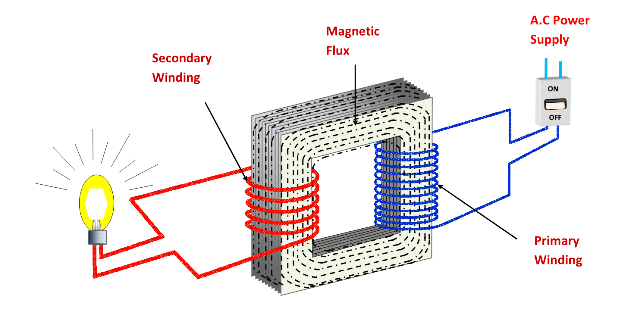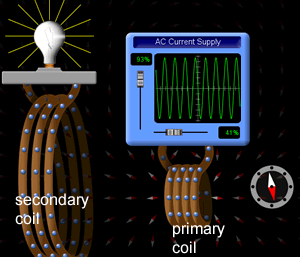How does a Transformer work - Working Principle electrical engineering.
The transformer's core works to direct the path of the magnetic field between the primary and secondary coils to prevent wasted energy. Once the magnetic field reaches the secondary coil, it forces the electrons to move, creating an electric current via electromotive force (EMF).
It was discovered that using a solid core was not ideal because a lot of energy was lost in heat due to something called eddy current. To help with this, the cores are now made of laminated sheets of iron to help disperse the heat more evenly and prevent energy loss.
A transformer’s main function is to step up or step down the voltage from the primary to the secondary windings. This is done simply by adjusting the ratio of coils on one side to the other. If a transformer has 5 coils on the primary and 10 on the secondary, it will be a 1:2 step-up transformer, meaning the voltage doubles from the primary to the secondary. On the flip side, if it has 10 coils on the primary and 5 on the secondary, it would be a 2:1 step-down transformer, cutting the voltage in half.
Faraday's law of induction is a basic law of electromagnetism predicting how a magnetic field will interact with an electric circuit to produce an electromotive force (EMF)—a phenomenon known as electromagnetic induction. It is the fundamental operating principle of transformers, inductors, and many types of electrical motors, generators and solenoids.
The electromotive force around a closed path is equal to the negative of the time rate of change of the magnetic flux enclosed by the path.



.jpg)

No comments:
Post a Comment